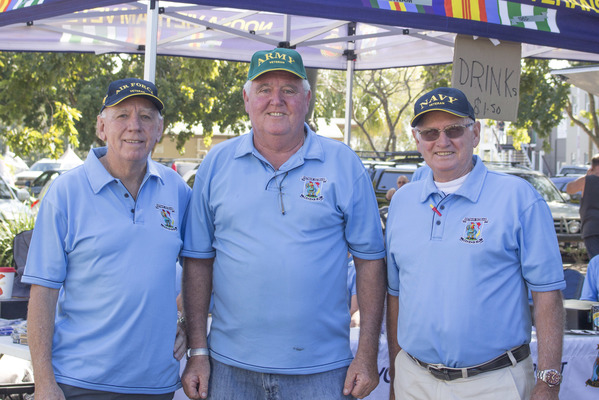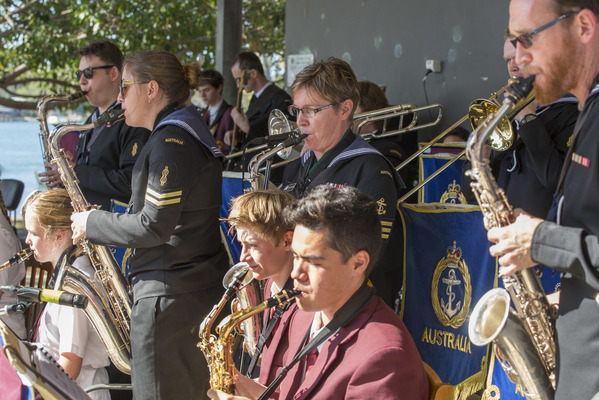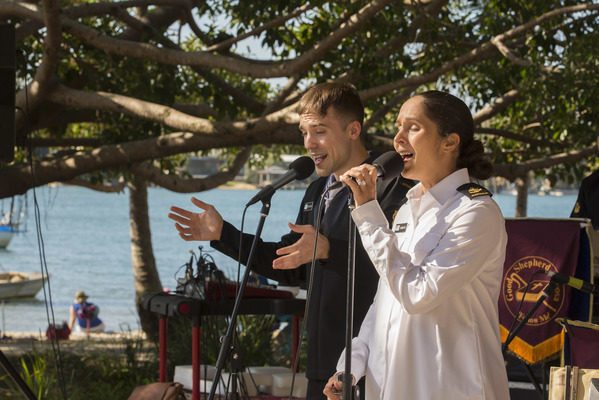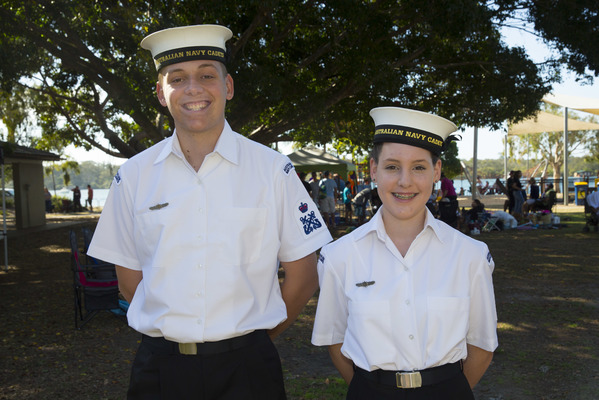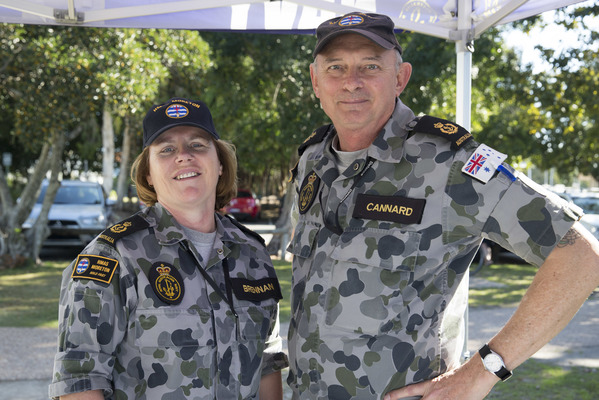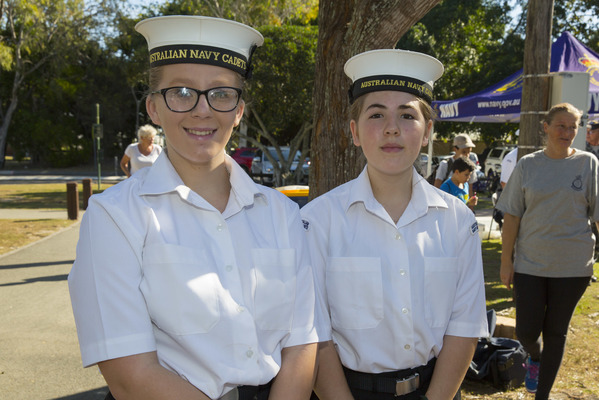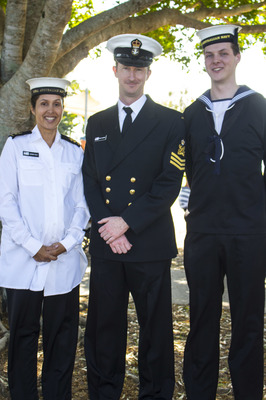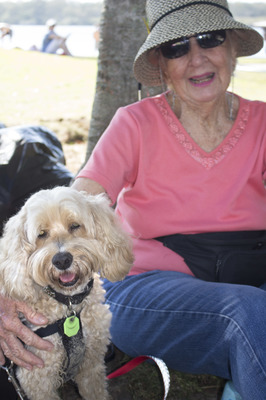By Margaret Maccoll
Vietnam Veterans Day is commemorated each year on 18 August and this year the Tewantin-Noosa RSL sub-branch will mark the occasion with a march and commemoration ceremony from 4pm in Tewantin.
Last Sunday the RSL hosted a Navy Reserve Band performance in Lions Park at Noosaville, in what sub-branch president Mike Reid said was the first event planned to highlight the veterans in the area and their work.
Vietnam veterans Bruce Wilson, Mike Boyle and Gary Roper this week spoke to Noosa Today about their experiences during the Vietnam War in their roles in the army, air force and navy.
Bruce was called up in the ballot in June 1966 at the age of 20 and trained with the 2nd Battalion before being dispatched with the advance party to the Australian base established at Nui Dat, where he served for 12 months.
He said many people didn’t realise why Australia was involved in the Vietnam War and that led to a lot of animosity on the troops’ return.
At the time Australia was called on to fulfil its obligation to the South East Asian Treaty Organisation (SEATO) to come to the aid of Vietnam, he said.
“The Tewantin-Noosa RSL was always very welcoming of Vietnam veterans,” he said. “They were good to us and they continue to give us assistance.” As the social officer at the RSL, Bruce now assists other veterans to become part of the community.
Air force man Mike Boyle was posted to Number 2 Squadron in 1969 in Phan Rang as an armament fitter, loading the aircraft with 750 and 1000-pound bombs.
“We had eight Canberra bombers on a base with over 100 planes,” he said.
“The Canberra did day sorties and sometimes at night. On a big base we used to get rockets and mortars coming in three and four times a night, but nobody got hurt.”
Ten and a half months into his 12 month dispatch Mike fractured his ankle and was medevaced out.
Gary Roper of Tewantin became a stoker in the engine room of the HMAS Hobart during two stints in Vietnam in 1968 and 1970.
In 1968 the ship was fired on by the US Air Force near Da Nang, killing two and injuring others.
“There were holes everywhere. The weapons radar at the rear of the ship was rendered useless,” he said. “We were out in the middle of the ocean with no protection.”
The ship travelled to Suvic Bay in the Philippines for servicing and Gary returned home. Eighteen months later Gary was back in Suvic Bay with the ship.
During his deployment he met and married his wife, who was working at the base. Gary said he had suffered with post-traumatic shock syndrome since 1968, not from the ship’s bombing but the thought of the civilian collateral damage resulting from constant firing.
“I had nightmares about the harassment and interdiction strikes,” he said.
“I worried some grandmother would be walking her water buffalo and get blown away.”
Gary praised the Department of Veterans’ Affairs for their support for the condition.
“The DVA really looked after the vets, once they accepted PTSD was a real problem,” he said.
Working as a welfare officer, Gary helps other veterans and war widows to gain the help they need.

